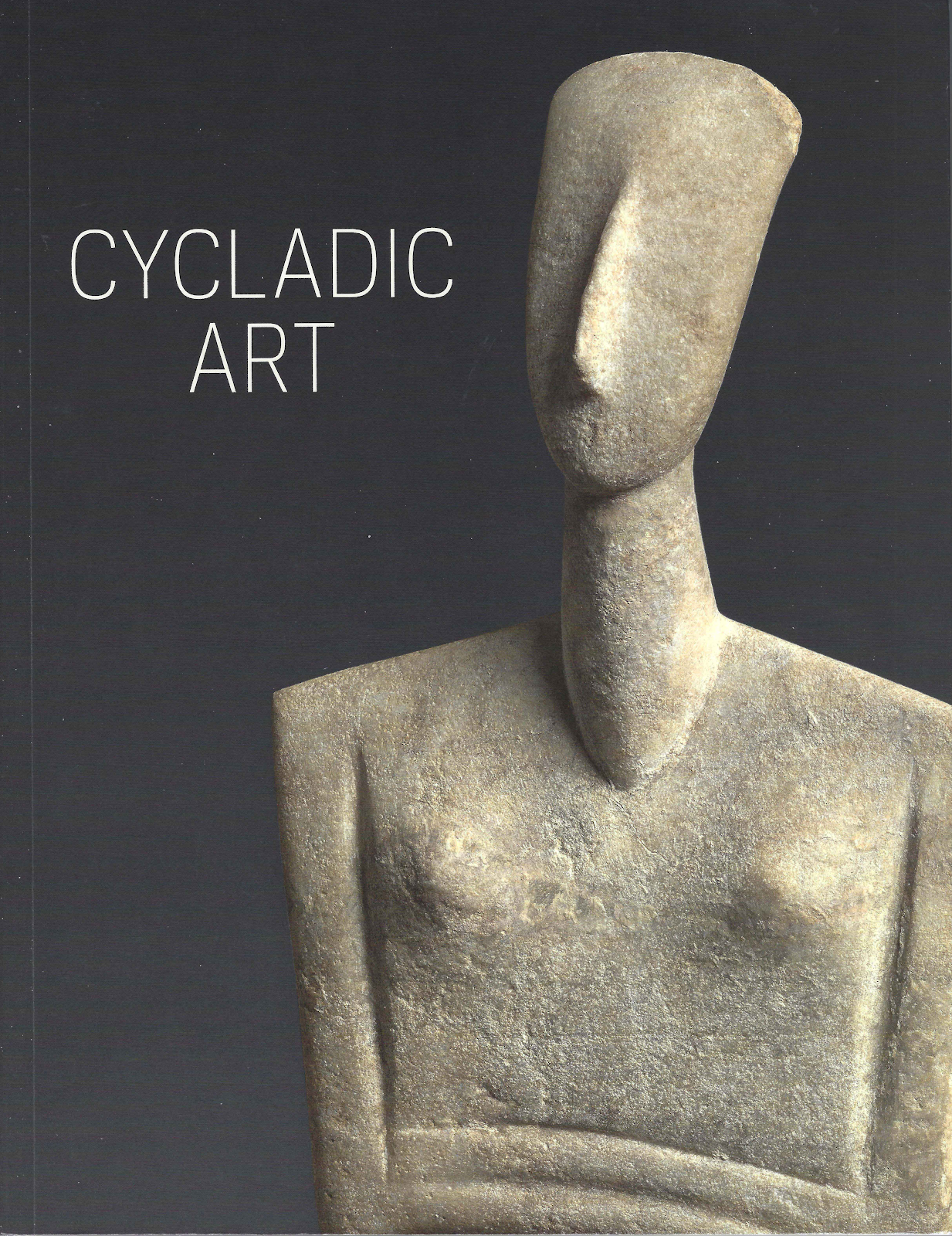 |
| The Fano Athlete |
We have just received the judge’s decision and are reviewing it. We are disappointed in the ruling, but we will continue to defend our legal right to the statue. The facts in this case do not warrant restitution of the object to Italy. The statue was found in international waters in 1964, and was purchased by the Getty Museum in 1977, years after Italian courts concluded there was no evidence that the statue belonged to Italy.
Moreover, the statue is not part of Italy’s extraordinary cultural heritage. Accidental discovery by Italian citizens does not make the statue an Italian object. Found outside the territory of any modern state, and immersed in the sea for two millennia, the Bronze has only a fleeting and incidental connection with Italy.
We very much value our strong and fruitful relationship with the Italian Ministry of Culture and our museum colleagues in Italy. Resolution of this matter must rest on the facts and applicable law, under which we expect our ownership of the Victorious Youth to be upheld.
There is no reflection on the effectiveness of the due diligence process that was conducted by the Getty prior to the acquisition. Nor is there consideration of the process that allowed the athlete to move from a fishing port in Italy to the Getty.








